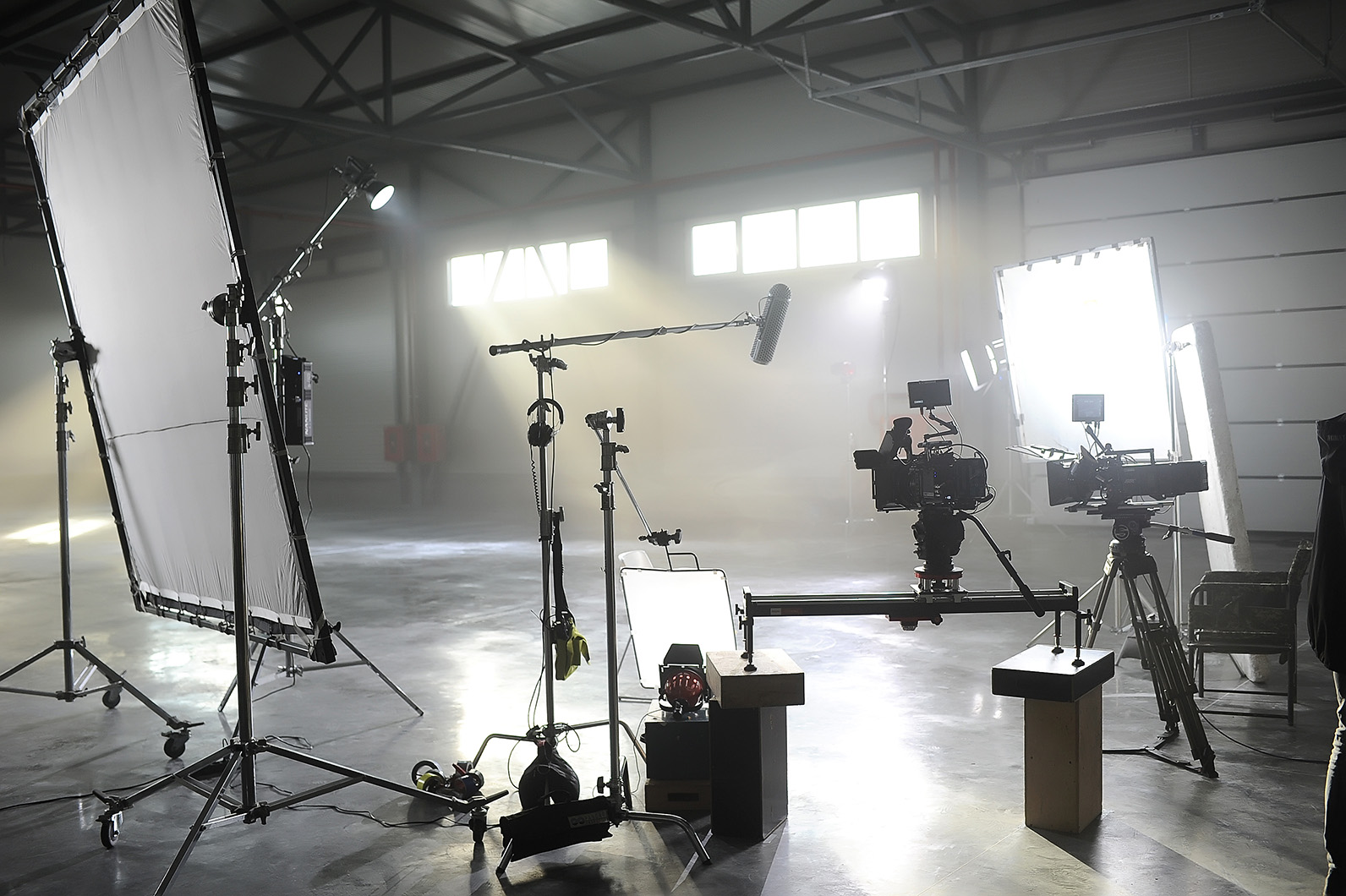Video Hosting and Production Guidelines
Requirements for Video Hosting
Producing a video is an exciting and creative process, but it’s essential to ensure you address the necessary documentation to protect both the Forge and the Department of Defence from security breaches, privacy issues or copyright issues.
Security
The Forge can only publish videos classified as OFFICIAL or lower. If you are unsure about the classification of your content, seek approval from your Chian of Command/service and/or Ministerial and Executive Coordination and Communication (MECC). If you need assistance, contact us at the.forge@defence.gov.au. Note that getting approval may be a lengthy process, so consider starting early. Even preproduction documents, such as scripts, can be reviewed for potential issues early avoiding delays later in the process.
Privacy
If your video features a person prominently, you will require their written consent before your video can be published. You can use a service-specific form or download The Forge’s approved consent form template.
A “prominent person” is someone who can be easily identified in the video, for instance, whose face and name badge are visible. Background passers-by generally do not require consent. Use common sense in determining when a form is needed.
The Forge's Privacy Notice and Consent form is available as either a paperless PDF Form, that can signed electronically, or a paper-based MS Word document that will require printing and then be physically signed by the talent or the talent's parent/guardian.
Privacy Notice and Consent Form (PDF Form) Privacy Notice and Consent Form (MS Word)Copyright
Music and Sound Effects are a common source of copyright infringement. For this reason, you will need to provide documentation about your audio source . If you purchased audio, provide proof of purchase. If you are using royalty-free audio, include the URL of the site and the name of the track. To assist you the Forge has a Music and Effect list spreadsheet that you can use to track your audio use.
Music and Effects ListThe same applies to images, though less stringently. Using copyrighted images in training videos is often acceptable if there is a clear educational need. However, repeated use of well-known cartoon characters or similar copyrighted visuals may not be excusable. Exercise good judgment.
Requirements for Video Production
The Forge has minimum standards for video production quality. Here are some tips to enhance your video:
Background and Framing: Avoid positioning your subject within 3 metres of a background wall. This spacing creates a more professional look and reduces distractions. Use a shallow depth of field to blur the background while keeping the subject sharp.
Lighting: Do not use ceiling bounce lighting, as it can create unflattering shadows on eyes etc. Instead, use professional three-point lighting techniques to ensure an even, flattering light on your subject.
Background Choice: Choose a muted, non-distracting background. Darker tones tend to be less distracting, but pure black backgrounds should include elements like furniture or practical lights to break up the space. Avoid bright or busy backgrounds that pull focus from the subject, it can be done but requires more skill to avoid distracting the viewer.
Chromakey (Green Screen): If you plan to use Chromakey, contact the.forge@defence.gov.au before proceeding. Chromakey requires careful planning and proper execution. Poorly executed use of Chromakey can make your video unwatchable.
Title and Credits: “Top and tail” your videos. Add an opening title slide and music (5-15 seconds long) and end with a closing slide that includes Copyright or Creative Commons information as a minimum. eg “Copyright 20XX - Australian Federal Government, Department of Defence” or "Creative Commons BY-ND-NC - Commonwealth of Australia, Department of Defence" etc. You may also list individual credits, music sources, and your Group’s name. The Forge encourages the recognition of individual contributions.
Audio Quality: Audio is crucial. People will tolerate lower-quality visuals, but poor sound can make a video unwatchable. Ensure you capture clear, high-quality audio during filming. Without it, you won’t have a viable product.
Preshoot Classification: whenever it's possible, have your scripts reviewed for security classification before you shoot. Changing the script before shooting will save both time and money.
If you need further assistance with your video production, the Forge is here to help. Reach out to the.forge@defence.gov.au to discuss your requirements.
